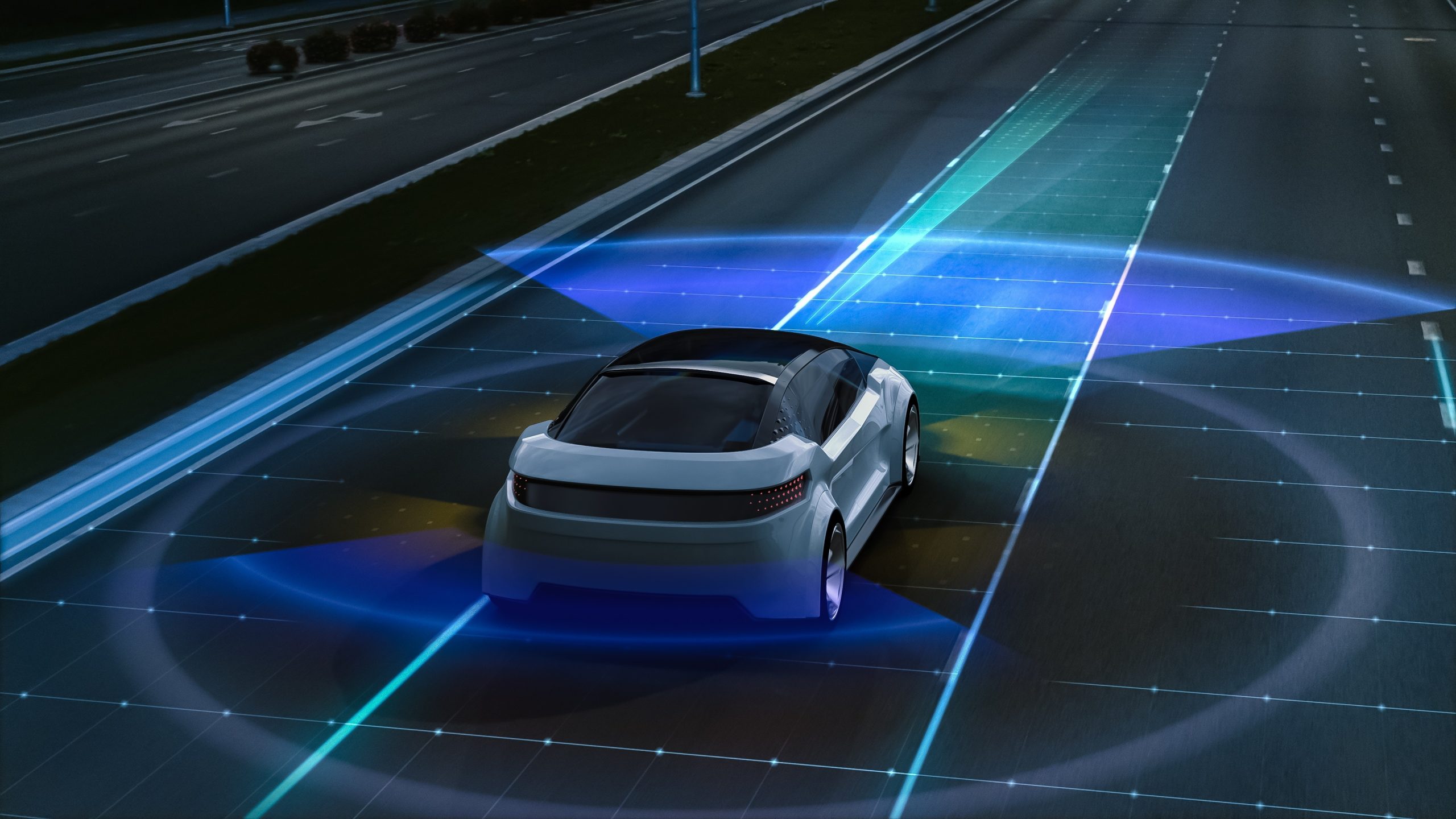
How autonomous vehicles (AVs) will successfully be marketed as a commute solution for people with accessibility needs
People have dreamed of self-driving cars for decades. Granted, autonomous vehicles (AVs) have taken longer than expected to come to fruition, and even now they aren’t ready for widespread adoption, but along the way they’ve made changes to why they exist and who they’re targeted to.
AV companies like Waymo, Nuro, Motional, and Cruise have mission statements that mention serving the underserved and those with disabilities. While these statements pinpoint exactly why AVs are so crucial, how well do these companies actually meet their goals?
What Are AV Companies Doing Now?
AVs have been tested in a small number of cities: Las Vegas, Nev.; Phoenix, Ariz.; San Francisco, Calif.; and Santa Monica, Calif. But, being a grid city, Phoenix is easier to drive in than the majority of American cities. Many are nonlinear, have hills, and are densely populated, making San Francisco and Santa Monica pertinent to AV training.
Motional’s point of existence in Arizona, as well as everywhere else that it functions, is for serving the underserved. School bus lanes don’t run like they do in major urban centers in Phoenix. A two-parent, two-child family in Phoenix would require both parents to work full-time, but the person who most often has to take time off work is the mother. AVs solve this problem by ensuring safe transportation of the child, whereas both Lyft and Uber – theoretically – don’t allow riders under the age of 18. Further, the cost of operating an AV is cheaper than operating a car with a human driver because it eliminates the need for income, projecting to make the rides less expensive than a traditional Uber or Lyft.
How Will AVs Help the Public?
A key group better served by AVs is the autistic community. Today, rideshares are rather unfair to a person with autism, and it’s a wide swath of the demographic. Only Uber Black allows the rider to adjust whether they want a quiet ride or not, and an Uber Black costs about 50% more than an UberX. Riders have to ask to turn up or down the heat or to turn off or on the music, potentially putting them in uncomfortable verbal situations. So, for a demographic where less than half of adults are employed, the cost for safety and comfort especially for people with sensory issues is much too high.
Before AVs are available for the general public across the U.S., they need to include features for people with disabilities. These features include wheelchair ramps, open seating, braille signs, large monitors, and more. That’s a big checklist for automakers, so how is it made possible? It starts with designing for disabilities from the start. Rather than retrofitting a car, as most automakers do for consumer vehicles, having a ground-up mentality allows for better fitting the needs of people with disabilities.
But How Will People Know to Use AVs?
In order to increase adoption and consumer trust, AV companies need to step up their marketing efforts. The average person probably still thinks of Waymo as the Google self-driving car and are unaware of the rebranding.
Because AVs are available only in select cities, out of home (OOH) marketing campaigns such as billboards in heavy business centers would increase awareness and lead to more immediate adoption upon a widespread launch. Waymo posted billboards in Arizona in collaboration with Mothers Against Drunk Driving, the National Safety Council, the Foundation for Blind Children, the Foundation for Senior Living, and the East Valley Partnership. These collaborations further Waymo’s messaging of serving the underserved, thus increasing trust.
Through collaborations with foundations that specialize in sectors AV companies are aiming for, they will better market toward their target audience, thus actually achieving their goal and increasing general wellbeing for people with disabilities.

